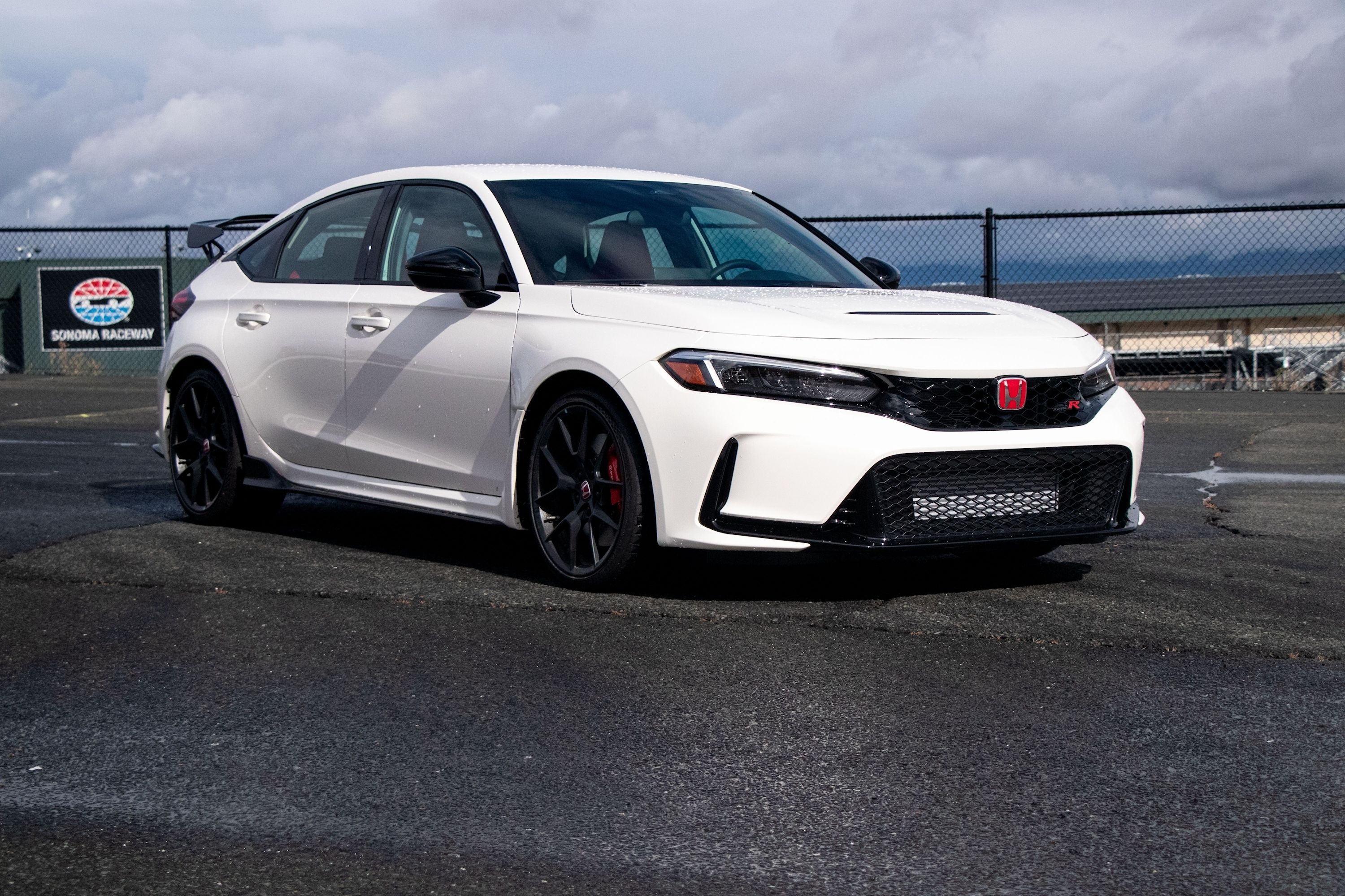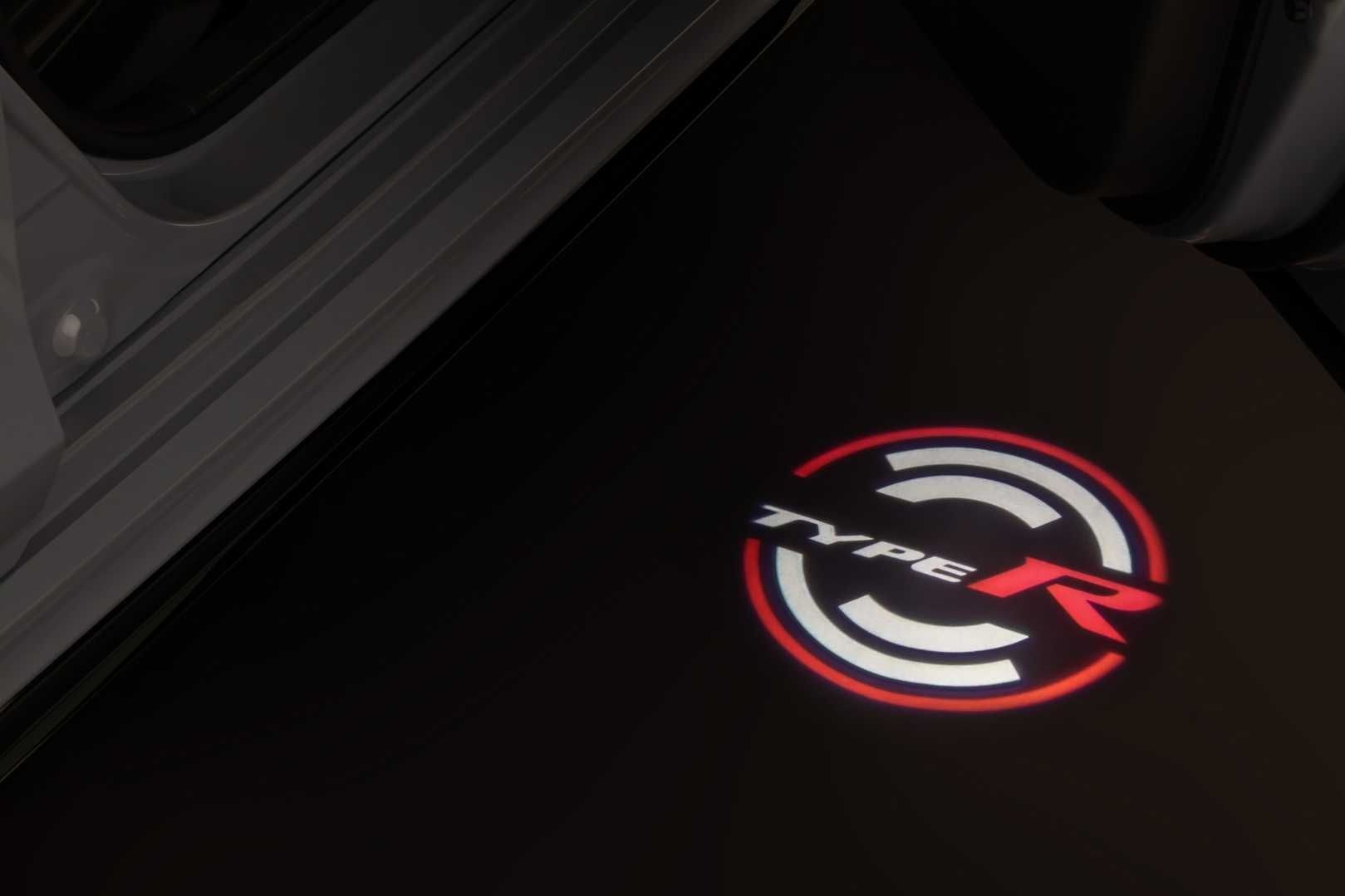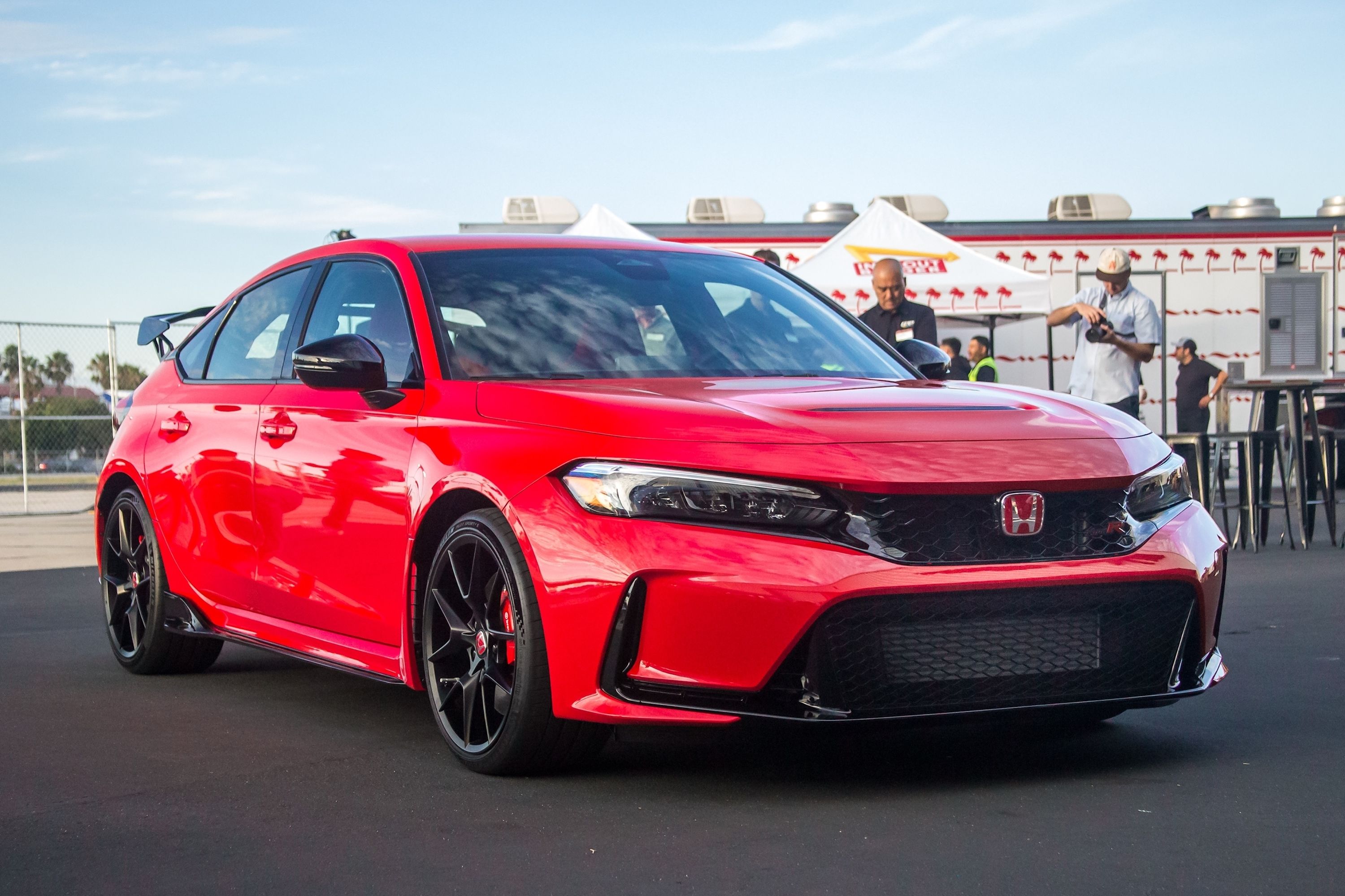
A while back, some distracted BMW buyers in South Korea were confused as the automaker's site offered them the chance to pay a monthly fee for heated seats despite the fact that their cars were equipped with the feature as standard. This went viral and caused an outcry everywhere, but BMW quickly clarified that buyers would always be able to access the features they paid for at purchase; only additional upgrades would be offered at an extra cost on a trial, subscription basis, and once the consumer had paid for them, they'd remain accessible. Many misinterpreted this as a perpetual cash grab, but the idea has merit, and many manufacturers remain committed to the idea. After all, people will get used to this way of doing things in time, says BMW.
Thankfully, Honda says that safety features in particular will never be part of a subscription service. Moreover, it will only charge customers a monthly fee for data-enabled features since data use is not free.
One of our operating principles from a customer perception is, 'Hey, if I've already paid for the hardware, how dare you charge me for the electronic switch to control it?'
Speaking to The Drive, Honda's Jay Joseph explained the company's position on the matter. He's the Honda Vice President of Connected, Automated, Shared, Electrified & Energy, so he's perfectly poised to deliver the company's thoughts on charged-for subscription features. He explained that features such as Acura's AcuraLink remote start require cellular data to operate and would therefore require a payment from the customer: "Someone has to pay for that connection fee because there's an operator. You know, there's a service provider."
It seems that other subscription-type services that Honda and Acura could provide in the future would only use existing hardware, according to the company's Executive Vice President of Business and Sales in America, Dave Gardner: "This idea that you put all the features in every vehicle, and then ask a consumer to pay a subscription to turn some of them on, I think from a customer satisfaction point, that's probably not the right way to go."
However, Gardner did note that there are things Honda "can do to the vehicle through software, that somebody may want to avail themselves of."
Thankfully, Honda won't make you pay extra for safety systems, says Gardner: "[We] put hardware in the cars to enable crash mitigation, [...] lane keeping, lane departure warnings, and those kinds of things. And that's safety. You shouldn't have to pay extra for safety. But there are other things we can do with those sensors. In parking, self-parking, and some things like that. Those have extra value for people."
So preexisting hardware will, in fact, be used to offer new features to customers, but that hardware won't require you to spend more money on a feature you already paid for when you bought the car. As we explained at the outset, this is very similar to what BMW's subscription services entail.
Gardner, like Stellantis and so many others, sees the future earning potential in additional features that can be accessed via a subscription: "We can add those things [parking aids] over the air, after the fact. We can update them. We can imagine new features like that. We think the opportunity lies in that kind of thinking."
We predict that automakers will continue to refine existing features using OTA updates, but when a new feature becomes available and can be passed on using these same updates, the opportunity for Honda and others to make money presents itself. Clearly, the subscription model is not going away, but is that really a bad thing?
Let's say you have an order for a Honda Civic Type R, and this comes from the factory with boring, plain puddle lights. You could spend extra to get the Type R logo seen above if you really wanted to (assuming the supporting hardware is already installed). But let's put it another way, with auto rev-matching. When you buy the car in base form at a reduced price, the feature is dormant, but you can activate it over a trial period for a nominal fee. If you love the way the car behaves in this format, you pay for it to become a permanent feature. If you didn't even notice the difference, or it irritated you, you've had a few days to experience it in your own way at your own pace, and you've only spent a small amount of money for the privilege. Where's the drawback?


